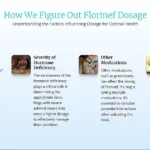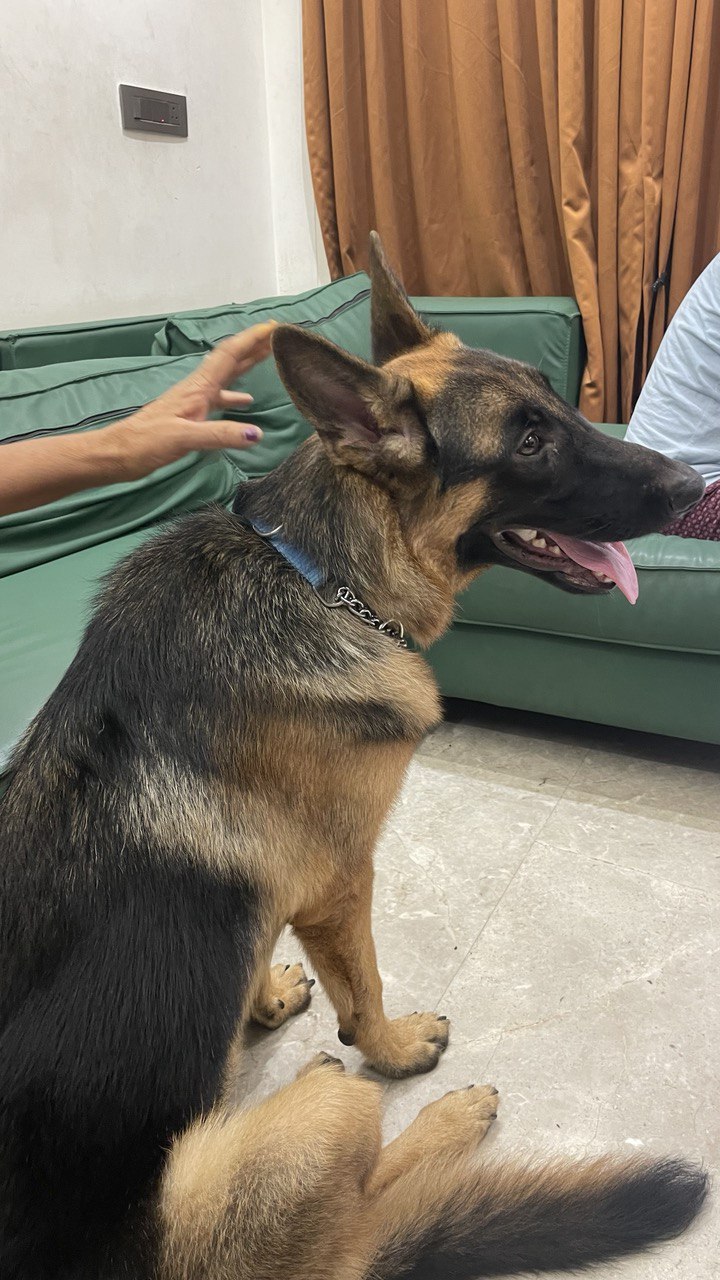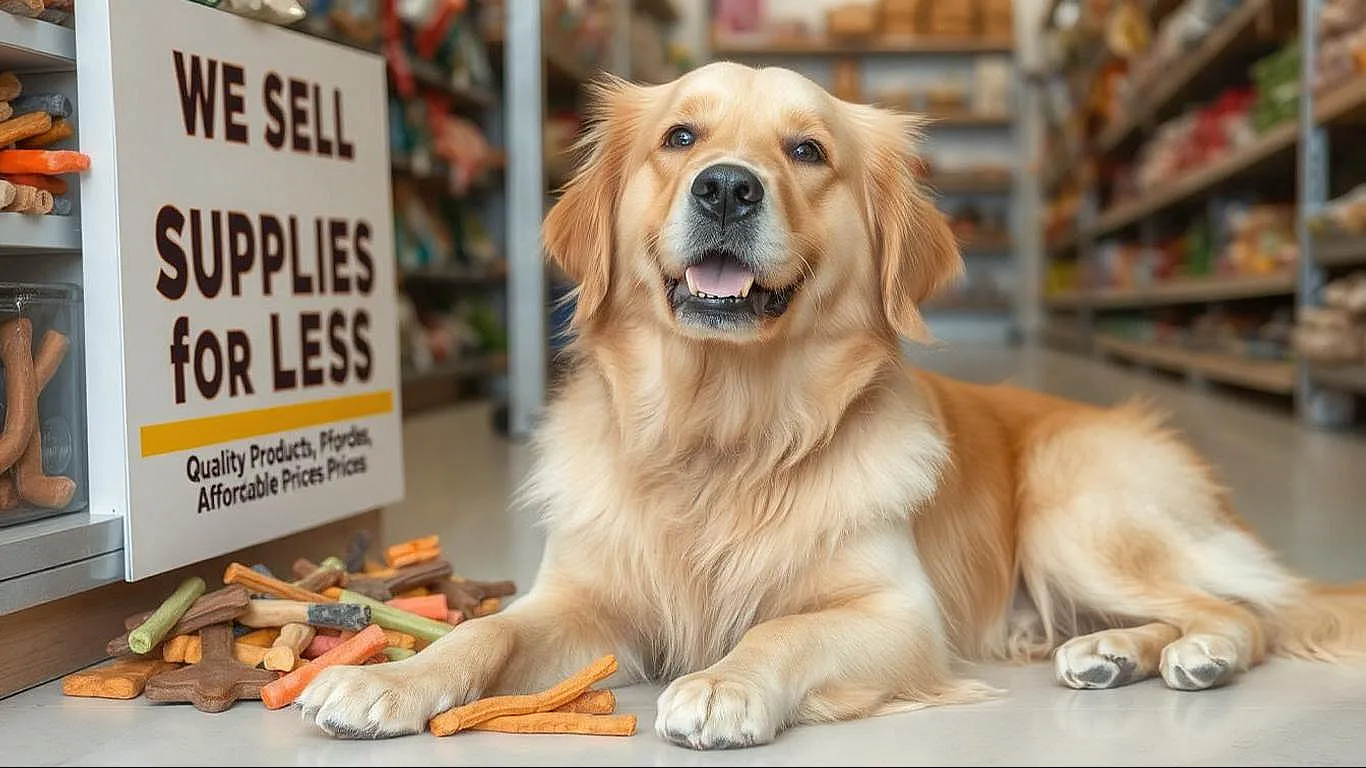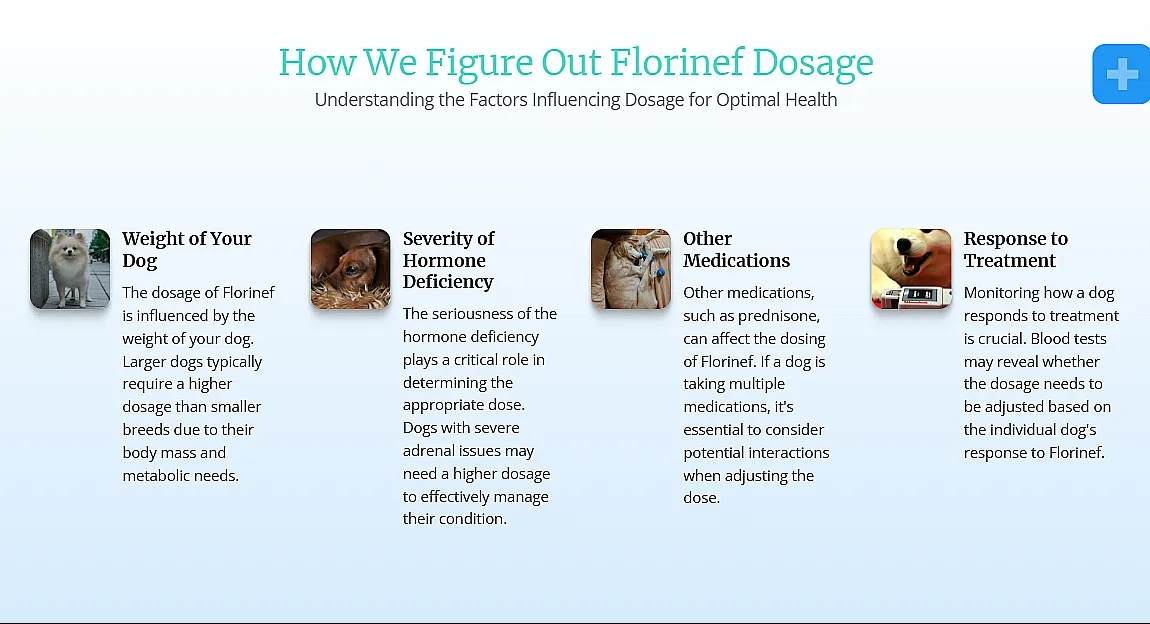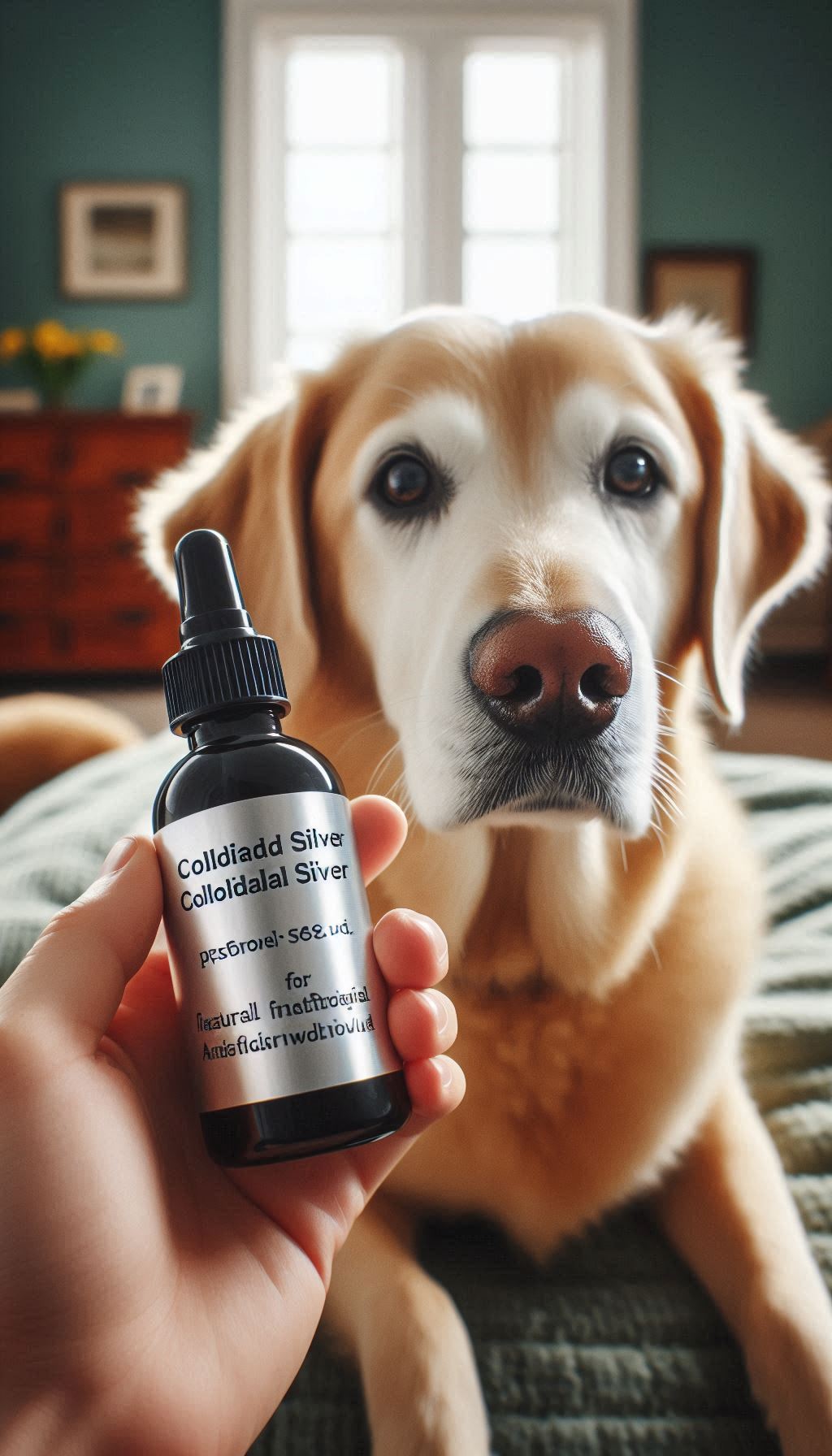Understanding the Importance of Canine Digestion
Proper digestion plays a vital role in the overall health and well-being of our canine companions.
The digestive system in dogs is responsible for breaking down food, absorbing nutrients, and eliminating waste.
A healthy digestive system ensures that dogs receive the necessary nutrients to support their growth, development, and immune function.
It also helps prevent digestive issues such as bloating, diarrhea, and constipation.
Understanding how the canine digestive process works can help dog owners make informed decisions about their pet’s diet and promote optimal digestive health.
The Impact of Diet on Digestive Health
Diet plays a crucial role in the functioning of the canine digestive system.
The type of food, the quality of ingredients, and the feeding habits can greatly impact digestion and nutrient absorption.
A balanced and nutritious diet that is appropriate for a dog’s age, breed, and individual needs can support a healthy digestive system.
On the other hand, a poor diet that is high in fillers, additives, or low-quality ingredients can lead to digestive problems and nutrient deficiencies.
It is essential to choose a diet that is tailored to your dog’s specific nutritional needs and to monitor their digestion for any signs of distress.
II. The Mouth and Salivary Glands
When it comes to the canine digestive process, the mouth and salivary glands play a crucial role in the initial stages.
How Dogs Chew and Salivate
Dogs have a unique chewing style compared to humans.
They use their teeth to break down food into smaller particles, which aids in the digestion process.
The salivary glands in the mouth produce saliva that helps to lubricate the food for easier swallowing.
The Role of Saliva in Digestion
While human saliva contains the enzyme amylase, which helps in the digestion of starch, dog saliva does not have enzymatic activity of note.
Instead, its main functions are to lubricate the passage of food to the stomach and moisten the oral mucous membranes.
Saliva also aids in heat loss for dogs, as salivation increases as the ambient temperature rises.
To learn more about the canine digestive process and how it impacts your dog’s health, you can refer to this Wikipedia article.
III. The Esophagus and Swallowing
The esophagus plays a crucial role in the canine digestive process, allowing food to journey from the mouth to the stomach.
Understanding how this process works is key to ensuring your dog’s digestive health.
The Journey of Food from the Mouth to the Stomach
Swallowing begins when your dog uses their tongue to push the food to the back of the mouth.
At this point, the upper esophageal sphincter relaxes, allowing passage into the esophagus.
Simultaneously, the epiglottis closes over the opening to the trachea, preventing food from entering the lungs.
Automatic peristaltic activity then propels the food from the esophagus to the stomach.
Read also: 7 Expert Tips to Prevent Dog Vomiting
The Importance of Proper Swallowing
Proper swallowing is essential to prevent food from entering the lungs, which can lead to aspiration pneumonia.
It is important to note that certain conditions such as megaesophagus, esophageal dilatation, and esophageal strictures can impair swallowing function.
If your dog experiences difficulty swallowing or shows signs of regurgitation, it is crucial to consult with your veterinarian for proper diagnosis and treatment.
Understanding the esophagus and the swallowing process is key to maintaining your dog’s digestive health.
By ensuring proper swallowing function, you can support your dog’s overall well-being and prevent potential complications.
IV. The Stomach and Gastric Juices
The stomach plays a crucial role in the digestive process of canines.
It uses gastric juices and enzymes to break down the food that enters the stomach.
This process prepares the food for further digestion in the small intestine.
Digestive Enzymes and Acid in the Stomach
The stomach produces three main digestive enzymes: pepsinogen, gastric amylase, and gastric lipase.
These enzymes are responsible for breaking down proteins, carbohydrates, and fats, respectively.
Additionally, the stomach secretes hydrochloric acid, which lowers the pH of the stomach and helps activate the digestive enzymes.
This highly acidic environment is ideal for breaking down tough proteins and killing harmful bacteria that may be present in the food.
Breaking Down Food and Killing Harmful Bacteria
The stomach’s muscular walls contract, mixing the food with the gastric juices and breaking it down into a soupy consistency known as chyme.
The chyme then moves into the small intestine, where further digestion and nutrient absorption take place.
The presence of digestive enzymes and the acidic environment in the stomach ensure that the food is properly broken down and any potential pathogens are neutralized before reaching the intestines.
Understanding the role of the stomach and gastric juices in the canine digestive process is essential for maintaining a healthy and balanced diet for our furry friends.
V. The Small Intestine and Nutrient Absorption
The small intestine plays a crucial role in the digestion and absorption of nutrients in dogs.
This section of the digestive system is where the majority of nutrient absorption takes place, ensuring that your furry friend receives the essential components for a healthy and balanced diet.
Here’s a closer look at the role and structure of the small intestine in the canine digestive process.
The Role of the Small Intestine in Digestion
The small intestine is divided into three segments: the duodenum, the jejunum, and the ileum.
Each segment has a specific structure and function to facilitate digestion and absorption.
- The duodenum is the first part of the small intestine and receives secretions from the liver and pancreas to aid in digestion. The bile from the liver helps emulsify fats, while the pancreatic enzymes break down proteins, carbohydrates, and fats.
- The jejunum is responsible for the absorption of nutrients, including amino acids, glucose, and fatty acids. The inner lining of the jejunum is covered in millions of tiny finger-like projections called villi, which greatly increase the surface area for nutrient absorption.
- The ileum is the final segment of the small intestine and primarily absorbs remaining nutrients, as well as bile salts and vitamin B12.
The Structure and Function of Villi
Villi are essential structures for nutrient absorption in the small intestine.
They are covered in microvilli, further increasing their surface area and maximizing nutrient uptake.
The structure of villi allows for efficient absorption of nutrients into the bloodstream, ensuring that these crucial components are delivered to the body’s cells.
Each villus contains blood vessels and lacteals, which are part of the lymphatic system.
Blood vessels absorb water-soluble nutrients, such as amino acids and sugars, while lacteals absorb fatty acids and fat-soluble vitamins.
This system ensures that a wide range of nutrients is effectively absorbed and utilized by your dog’s body.
To promote optimal digestion and nutrient absorption, a balanced and nutritious diet is essential.
Providing high-quality food that is easily digestible will support your dog’s overall health and wellbeing.
VI. The Large Intestine and Waste Elimination
After the nutrients have been absorbed in the small intestine, the remaining undigested material enters the large intestine, also known as the colon.
The large intestine plays a crucial role in absorbing water and electrolytes and forming solid waste before elimination.
Here is a closer look at the functions of the large intestine:
Absorbing Water and Electrolytes
The primary function of the large intestine is to reabsorb water and electrolytes from the undigested material.
This process helps maintain the body’s hydration levels and electrolyte balance.
The large intestine contains specialized cells that actively transport water and electrolytes back into the bloodstream.
Forming and Expelling Solid Waste
As water is absorbed, the undigested material becomes more solid and forms feces.
The large intestine also houses a diverse population of beneficial bacteria that play a crucial role in breaking down remaining nutrients and fermenting dietary fiber.
These bacteria produce essential vitamins and promote overall gut health.
Once the feces are formed, they are eliminated from the body through the rectum and anus during defecation.
Understanding the functions of the large intestine is essential for maintaining a healthy digestive system in dogs.
Proper hydration, a balanced diet, and regular exercise can help support optimal digestion and waste elimination.
For more information on the canine digestive process, you can refer to this Wikipedia article.
VII. Factors Affecting Digestive Health
A dog’s digestive health can be influenced by several factors, including dietary choices and common digestive issues.
Here are some key points to consider:
Dietary Factors that Impact Digestion
A dog’s diet plays a crucial role in maintaining a healthy digestive system.
Here are some dietary factors that can impact digestion:
- Quality of Food: Providing high-quality, nutrient-rich dog food can support optimal digestion and nutrient absorption.
- Ingredients: Dogs may have different sensitivities to certain ingredients, such as grains, dairy, or artificial additives. It’s important to choose a diet that suits your dog’s specific needs.
- Proper Feeding Practices: Splitting meals into smaller portions throughout the day can aid digestion, as well as avoiding feeding your dog immediately before or after exercise.
Common Digestive Issues in Dogs
While dogs generally have a robust digestive system, they can still experience common digestive issues:
- Diarrhea: Diarrhea can be caused by various factors, including dietary indiscretion, food intolerance, or underlying health conditions.
- Vomiting: Vomiting can be a sign of an upset stomach or a more serious condition. If your dog vomits frequently or continuously, it’s important to seek veterinary attention.
- Gastrointestinal Infections: Dogs can develop bacterial, viral, or parasitic infections that affect their digestive system. These infections may cause symptoms like diarrhea, vomiting, and loss of appetite.
- Food Allergies or Sensitivities: Some dogs may have allergies or sensitivities to certain ingredients in their diet, leading to digestive issues.
Understanding these factors and monitoring your dog’s digestive health can help ensure a healthy and happy companion.
VIII. Tips for Promoting a Healthy Digestive System
Promoting a healthy digestive system in dogs is crucial for their overall health and well-being.
Here are some tips to help you ensure that your dog’s digestive system functions optimally:
Choosing the Right Dog Food
- Look for high-quality dog food that lists animal protein as the main ingredient. Dogs need animal protein to maintain healthy skin, hair, and nails, as well as to build and repair muscle and tissue.
- Avoid foods that contain fillers and artificial additives, as these can disrupt the digestive process and may cause allergies or intolerances.
- Consider feeding a limited-ingredient or hypoallergenic diet if your dog has known allergies or sensitivities.
- Opt for dog food that includes probiotics and prebiotics, as these can support a healthy gut microbiome and improve digestion.
Implementing Digestive-friendly Practices
- Feed your dog smaller, more frequent meals throughout the day, rather than one large meal. This can help prevent overeating and promote better digestion.
- Avoid giving your dog table scraps or foods that are high in fat, as these can lead to digestive upset.
- Provide plenty of fresh water for your dog to drink, as hydration is important for digestion.
- Regular exercise can also help promote a healthy digestive system by stimulating bowel movements and improving overall digestion.
By following these tips, you can help support your dog’s digestive health and ensure that they are happy and healthy.
IX. Conclusion
Understanding the canine digestive process is essential for providing optimal care for your furry friend.
From the moment food enters the mouth to its absorption in the intestines, each step plays a crucial role in maintaining overall health and well-being.
By navigating the different stages of digestion and being mindful of your dog’s unique needs, you can help improve their digestive health and ensure a happier, healthier life.
Remember these key points:
- The mouth and esophagus start the digestion process, while the stomach continues it with the release of gastric juices.
- The small intestine is where most nutrient absorption occurs, with the liver and pancreas contributing essential enzymes and bile.
- The large intestine serves as a reservoir for storage, allowing for further absorption of fluids and electrolytes.
- Common digestive diseases include gastritis, enteritis, and dysbiosis, which can be managed through proper nutrition and holistic treatments.
By focusing on high-quality, species-appropriate food and promoting a balanced gut microbiota, you can support your dog’s digestion and help them thrive.
Remember to consult with your veterinarian for personalized recommendations and guidance on your dog’s specific needs.
For more information on canine digestion, you can visit this link.





